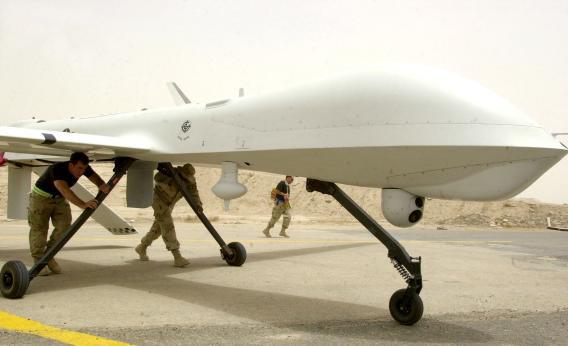Inspired by Rachel Maddow’s Drift: The Unmooring of American Military Power, Kevin Drum and Jonathan Bernstein debate whether or in what sense it’s gotten “easier” for the United States to initiate wars.
I see the most relevant issue here as having a lot to do with technological and economic trends. Advanced industrial societies like the United States have gotten much more technically proficient at causing explosions inside foreign countries. You started to see this already in Vietnam where thanks to aerial bombardment North Vietnam was very much living through a total war even as the United States was waging a very limited one. But you see it to a staggering extent in contemporary Pakistan where the main American combatants are unmanned aerial vehicles. In Thomas Jefferson’s time, if you wanted to create an explosion on the Indian Subcontinent a whole bunch of people would have to sail halfway around the world, disembark, walk to the target city, and fight a battle. Today it can be done by a guy sitting in an air conditioned cubicle somewhere. Military spending is, as proponents of more military spending like to point out, currently at a relatively low level in historical terms despite a decade-plus of constant warfighting. Since the country can afford more war, its leaders have chosen to purchase more war. I think it’s telling that Denmark after a long history of basically never engaging in expeditionary military undertakings currently has troops deployed in Kosovo and Afghanistan, sent troops to Iraq, and bombed Qaddafi’s forces in Libya last year.
